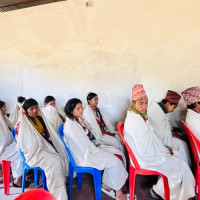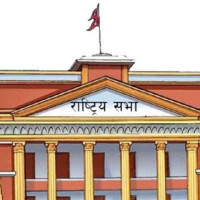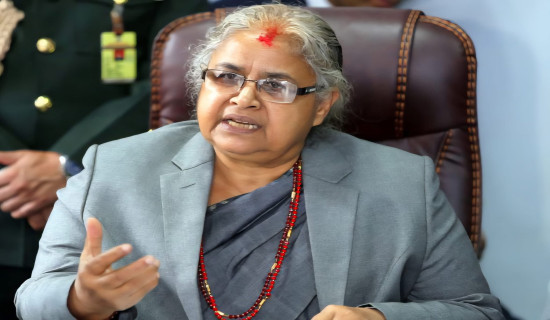- Wednesday, 7 January 2026
Rising prices of fast food leave consumers feeling sick
Kathmandu, Jan. 6: “Lunches seem to be getting more expensive by the day,” said Deepa Chitrakar, a teller at a bank in New Road.“Rs. 180 for a bowl of veg Momo, Rs. 230 for a plate of chow mein, over Rs. 300 for fried rice with a side of spinach,” she listed the price of various food items. “It’s outrageous.”
But, maybe these prices are to be expected in restaurants at New Road – one of the chief commercial hubs of Kathmandu.
But not in a roadside teashop in an alley in Lalitpur’s core city though where Kul Tamang, a porter, happened to have dinner on Tuesday. “I was charged Rs. 375 for a plate of rice, peas, gravy and pickled cucumbers. That is half a day’s earnings for me,” he bewailed.
How about at Bhaktapur Durbar Square? “A cup of tea cost me Rs. 80!” complained tour guide Kramas Shrestha. Was it fancy tea? “No, just plain red tea with a little pepper sprinkled on top,” he claimed.
If social media posts by angry diners are anything to go by, prices of different fast food items, served at restaurants and cafes, appear to have risen steeply in recent years, something the eatery owners The Rising Nepal talked to confirmed.
They admitted that their menu had become dearer, especially after the restrictions related to COVID-19 pandemic were lifted last year, but defended that it was because the prices of raw materials had increased.
“We are also paying an arm and a leg for the ingredients of our dishes,” Hera Dyaula, who runs a food stall at Tibukche, Bhaktapur said. “Everything from green vegetables to meat is expensive. We are also a victim of inflation,” she sought to explain.
“People also need to realise they are paying for the experience,” Umesh Dewan, a business consultant, said.
Dewan is a former restaurant owner who now advises others in the food business on best practices and he urged customers to understand that the prices they paid included the atmosphere and services.
“You would not eat at a place that did not have comfortable seats, had rude servers or that did not keep clean, no matter how good the food tasted,” he reminded. “Maintaining an ambience requires investment – investment restaurant businesses have to recuperate.”
But, Dewan had a caveat. Bistros including the price of services in their food should not charge additional service charge. The Kathmandu District Court also ruled in September 2022 that restaurants, hotels and resorts could not add 13 per cent VAT and 10 per cent service charge to their bills.
This daily also tried reaching out to Araniko Rajbhandari, president of Restaurant and Bar Association Nepal, for comment but he was unavailable.













